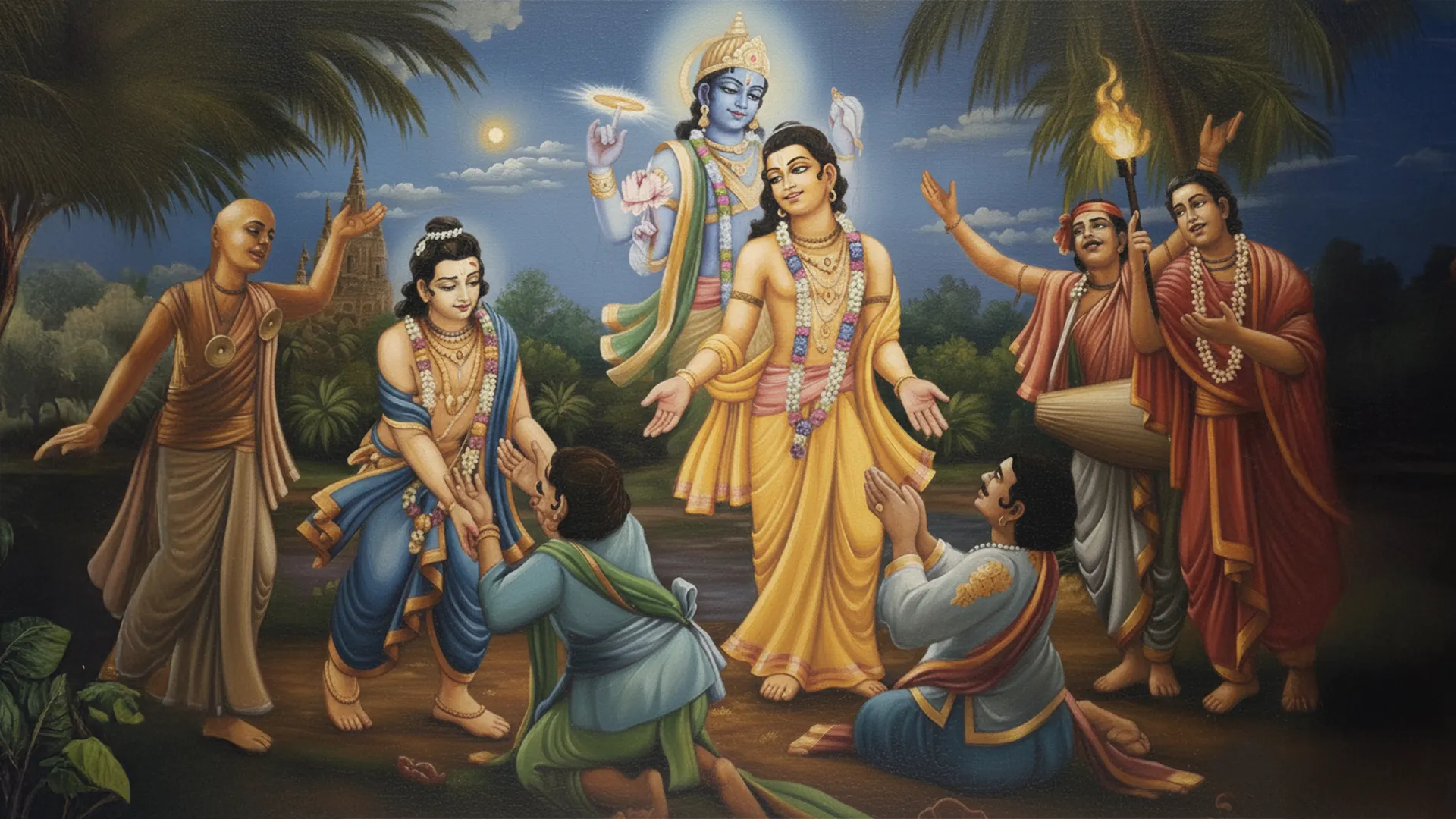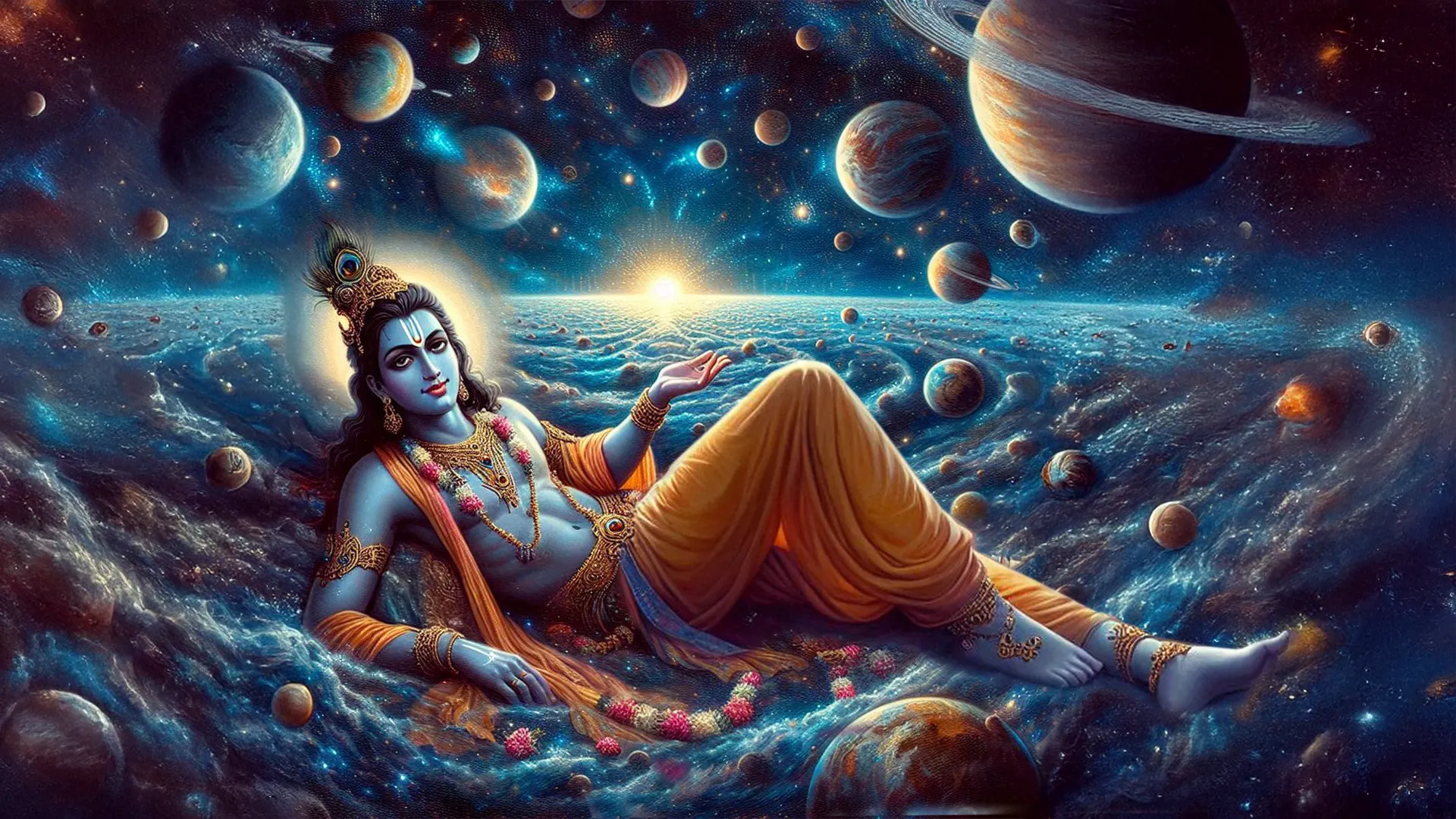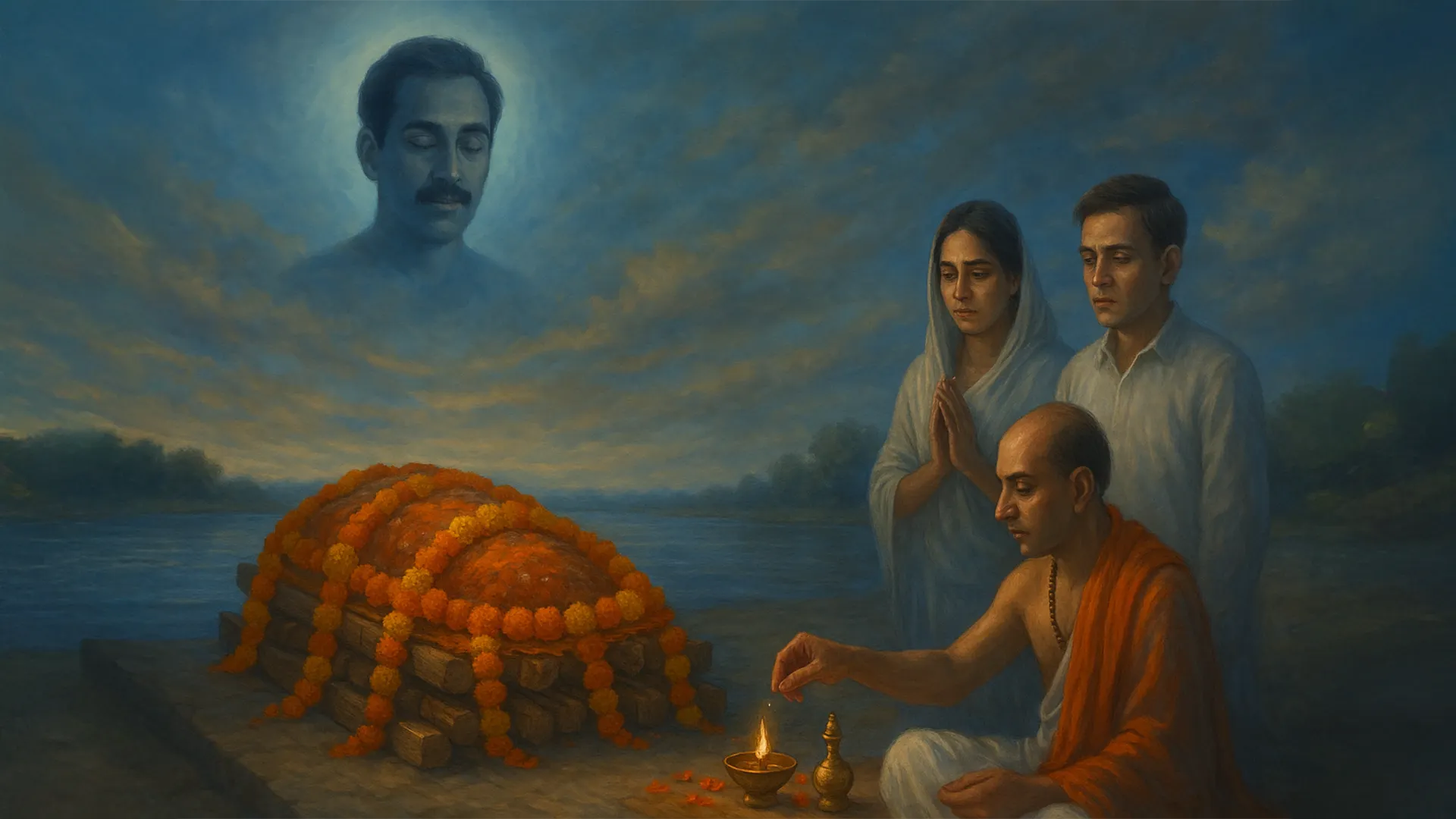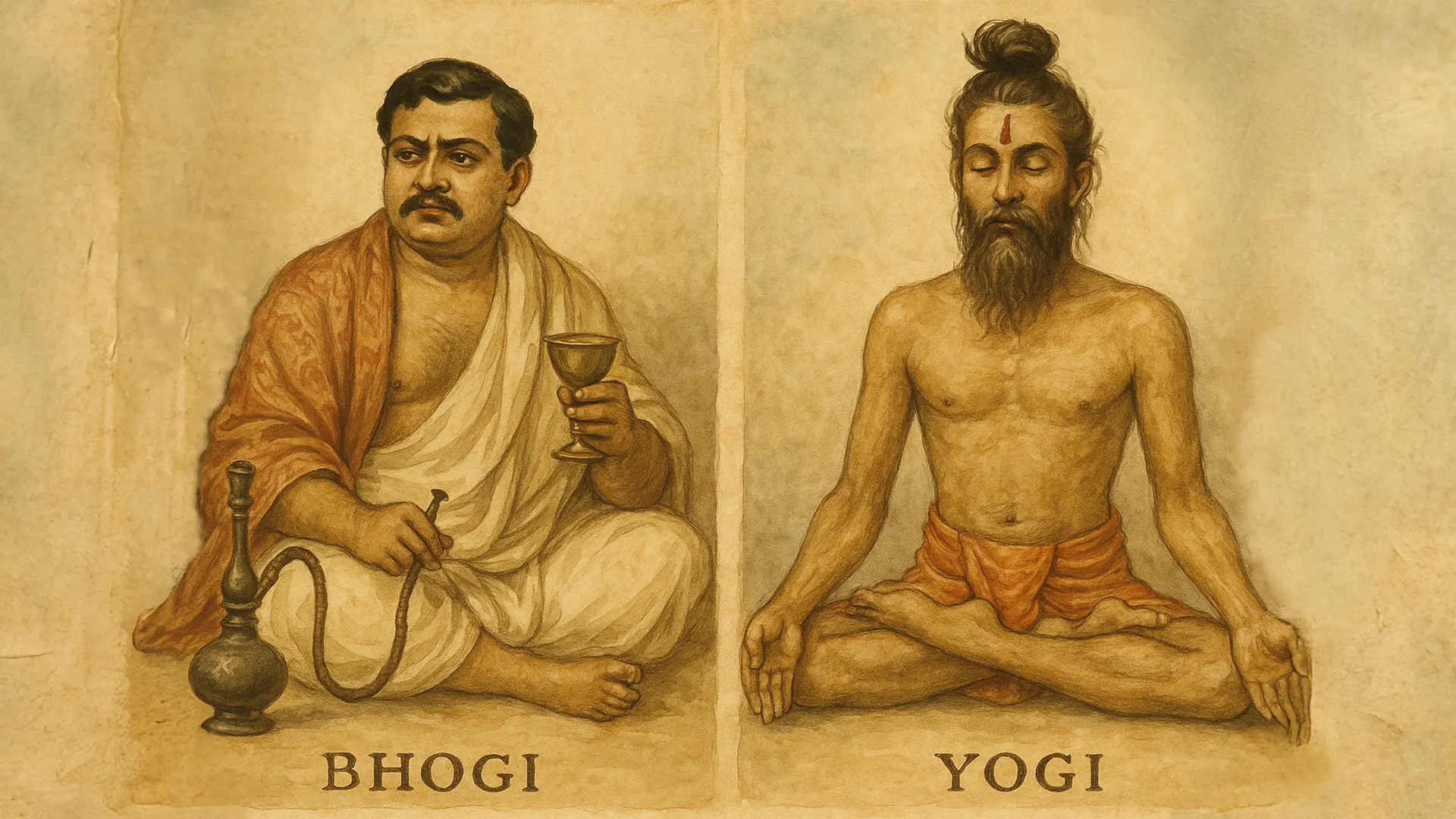The concept of many Gods is the first thing that comes to mind when discussing Sanatana Dharma or Hinduism. However, this raises a question: why are there so many Gods? Different deities are worshipped as the ishta deva or the one God that people like the most in other regions of India. For instance, Shree Krishna is worshipped in Gujarat, South Indians are inclined towards Lord Shiva and Goddess Parvati, and most Maharashtrians worship Lord Ganesha. Are all of these Gods the same or different?
Understanding the Concept of Ishta Deva
Let's consider an example. There is a son whose father is a High Court Judge. At home, the father wears a T-shirt and a pyjama, and the son climbs on his shoulder and rides on him like a horse. They have a great time together. The next day, the same father wears a black and white uniform, sits on the judge's seat, and makes critical decisions with a severe face. Does this mean that they are different people? The person is the same, but his behaviour and attire have changed because of the roles he has to play. Similarly, God is one, but He has infinite forms. He takes on different forms depending on the functions he has to play.
For instance, in the form of Lord Vishnu, He maintains the Universe, which is why He is always calm and composed, regardless of any situation. In the form of Brahma, He is the father of the Universe as He is the creator. Lord Shiva, being the annihilator, has a form that signifies destruction - holding a Trishul, Snake, applying ashes, etc. All of these are God's office forms. However, the form of Shree Krishna is His homely look. In this form, He only engages in loving pastimes with His devotees and does not interfere in the administration of the world. He does everything to provide bliss to His devotees.
Another commonly asked question is, will one God be annoyed if we suddenly start worshipping another?
Of course not. It is our material intellect that discriminates between forms and not God. Here is a true incident to elucidate this. A tailor was a staunch devotee of Lord Shiva. However, he disliked Shree Krishna. Lord Shiva thought that though the tailor was a great devotee, his understanding of the concept of God was not mature. So, to clear his devotee's ignorance, Lord Shiva inspired the Pandit of a Krishna temple to go and ask the tailor to prepare a 'Kanchni' (waist belt) for Shree Krishna's idol. At first, the tailor refused, but upon insistence, he agreed to do so by keeping his eyes closed. He entered the temple to take measurements. He shut his eyes and tried measuring Shree Krishna's waist. He felt he was hugging a Shiva linga, but when he opened his eyes, he saw Tribhangilal! Again, he closed his eyes. He felt it to be a Shiva Linga. He opened his eyes, and he found Shyam Sundar. This continued multiple times until Lord Shiva gave him darshan. This time the Lord had taken a form such that one-half of his body was in the form of Krishna and the other half was in the form of Shiva. At last, the tailor fell at the Lord's feet and asked for forgiveness for committing such a huge discretion. This incident once again reinforces that only one God exists, but He takes on different forms.
Another example to strengthen this concept is the example of biscuits. In our childhood, we got these biscuits, which used to come in different shapes. The constituents of the biscuit would be the same sugar and refined wheat flour, but they would be moulded into animals such as elephants, giraffes, lions, etc. And we would fight for the one that we wanted. But now we understand there was no point in fighting as the taste of all the biscuits was the same. Some people claim that the Hanuman temple on top of the mountain is a 'Siddh Hanuman', while others are not. There is also a misnomer that one God is more powerful than the other; hence, we should worship the most powerful. These are mere myths that exist in society. All Gods are the same. Every God is all-powerful, so the worship of any God will purify our minds. This is the essence of many Gods in Hinduism.
All Gods are the same
A tailor who is an ardent devotee of Lord Shiva has no love for Shree Krishna. Lord Shiva realizes that the tailor's understanding of the concept of God is not mature. Lord Shiva inspires the Pandit of a Krishna temple to enlighten him to ask the tailor to make a 'kāchnī' (a piece of cloth worn as a belt over dhoti) for Shree Krishna's idol. The tailor reluctantly agrees to do so with his eyes closed. He feels he is hugging a Shiva linga instead of measuring Shree Krishna's waist. When he opens his eyes, he sees Tribhangilal. Again, he closes his eyes, and it feels like a Shiva Linga. When he opens his eyes, he sees Shyam Sundar. This continues until Lord Shiva appears before him in the form of both Krishna and Shiva, reinforcing that only one God takes on different forms.
The concept of different forms is like the example of biscuits. As children, we received biscuits in various shapes moulded into animals such as elephants, giraffes, lions, etc. Although the constituents of the biscuit were the same - sugar and refined wheat flour - we would fight for the one we wanted. However, we now know there was no point in fighting, as all the biscuits tasted the same. Some people claim that the Hanuman temple on top of the mountain is a 'Siddh Hanuman', while others are not. There is also a misnomer that one God is more potent than the other; hence, we should worship the most powerful. These are mere myths that exist in society. All Gods are the same. Every God is all-powerful, so the worship of any God will purify our minds. This is the essence of many Gods in Hinduism.








